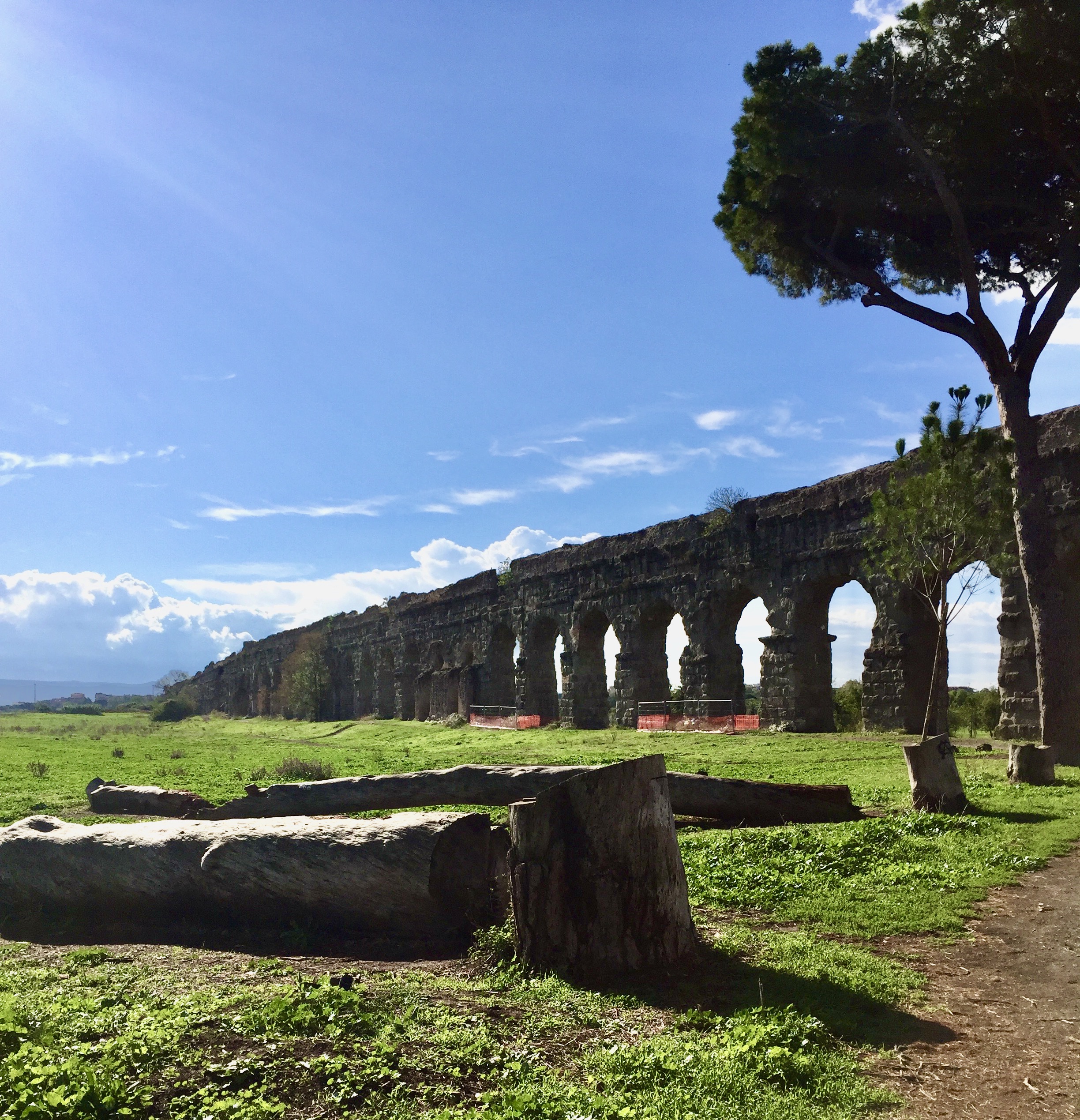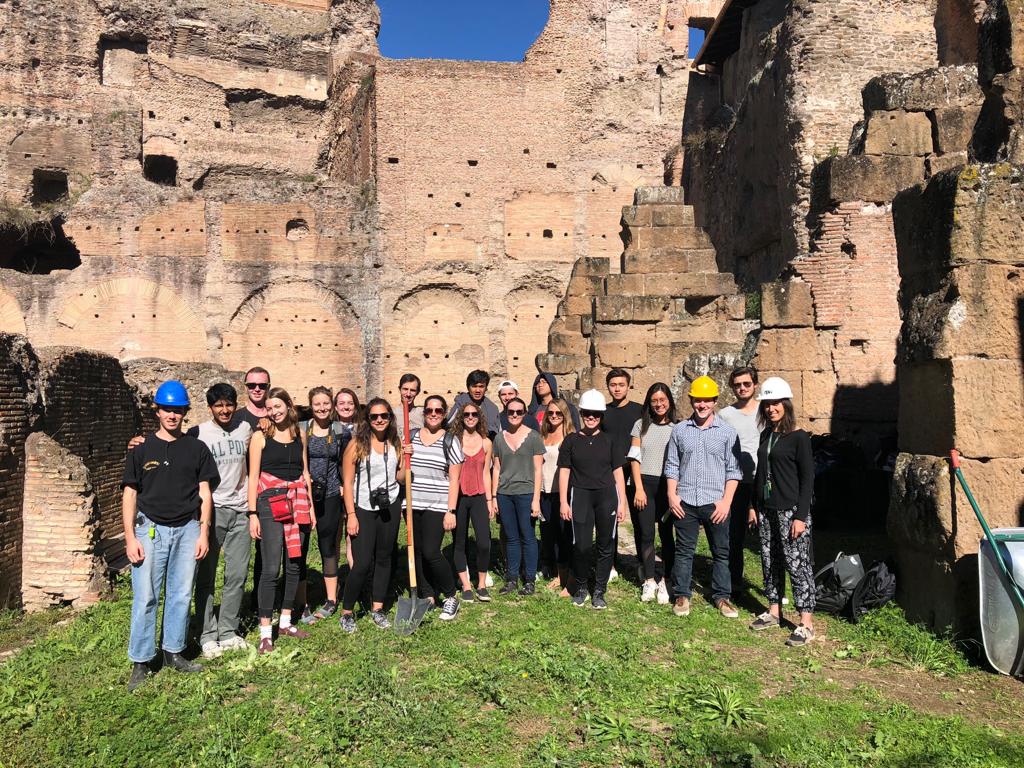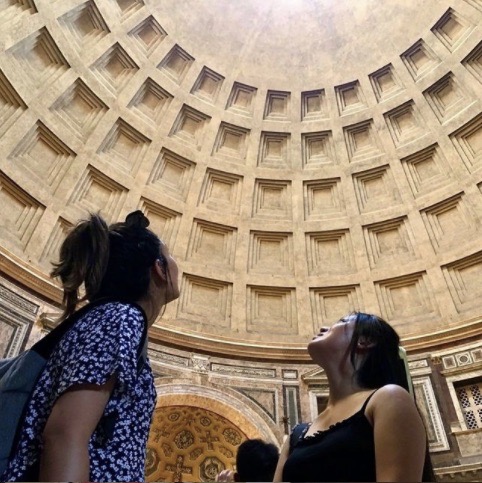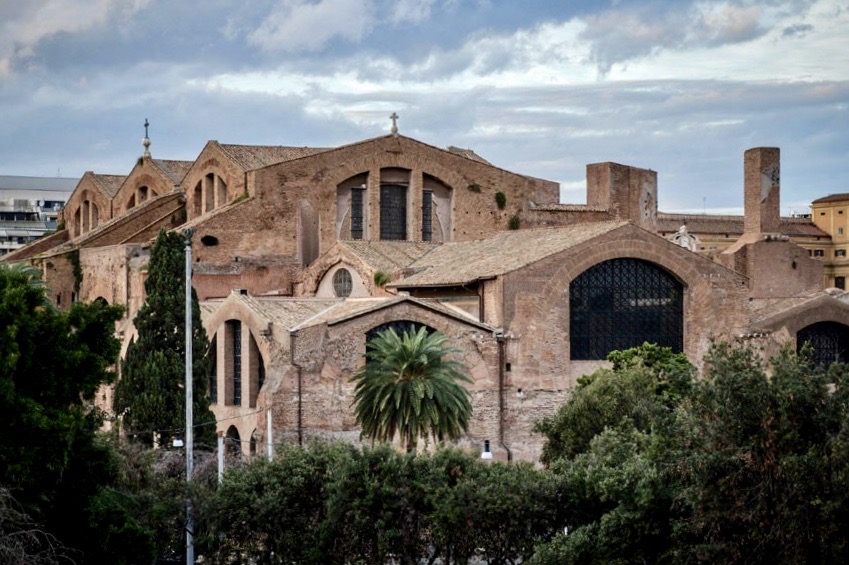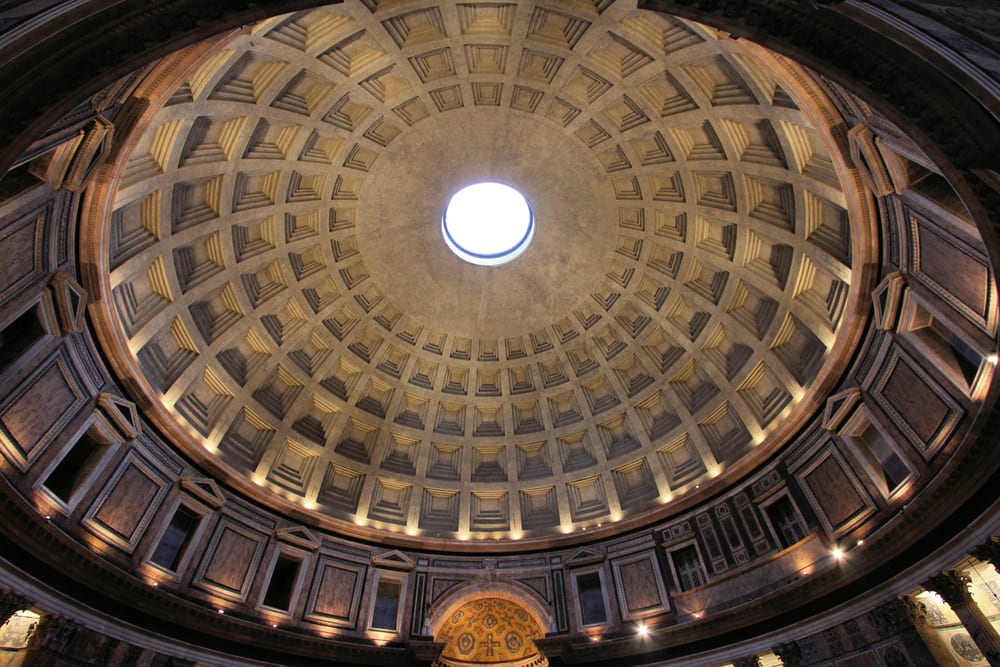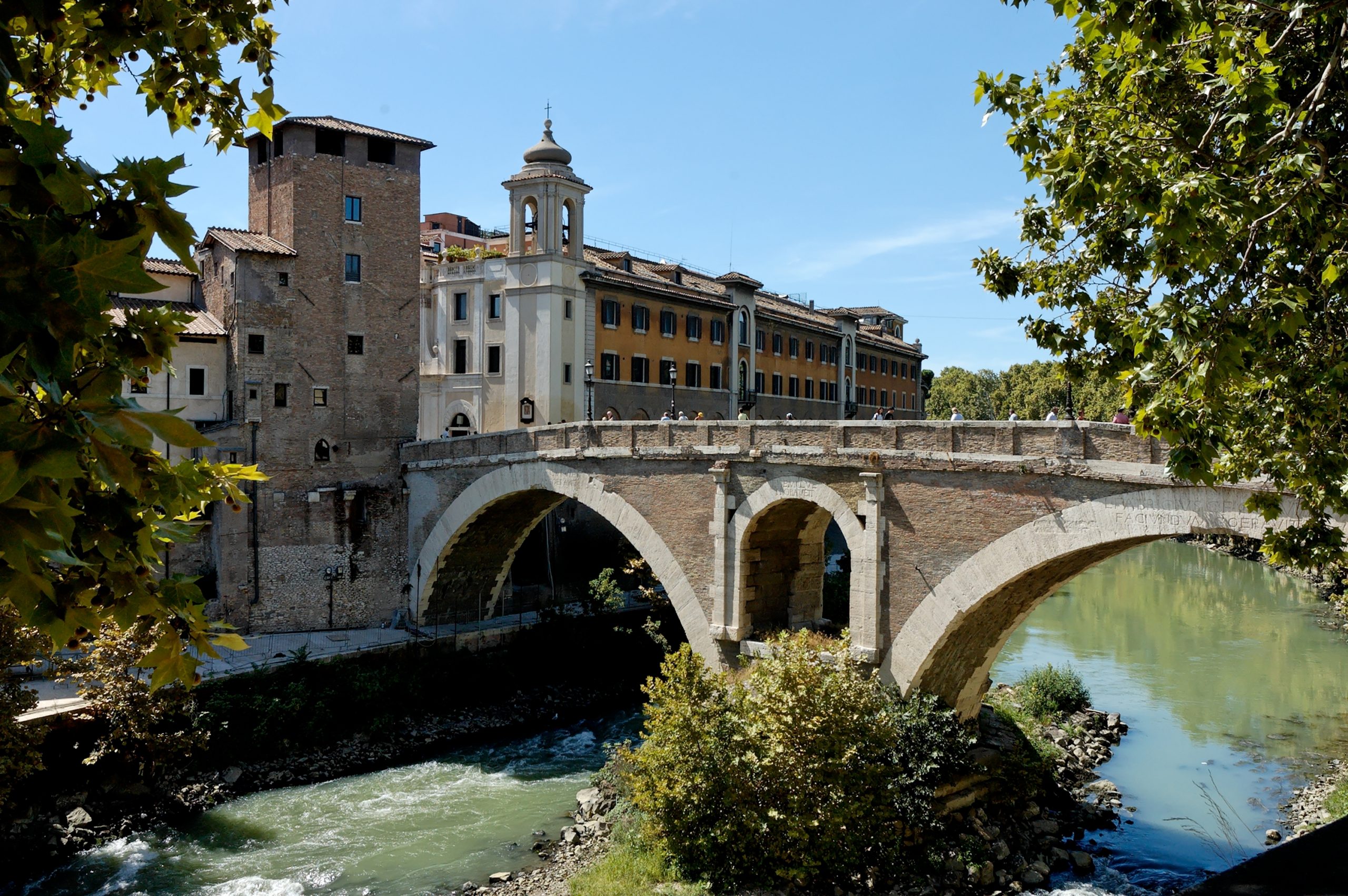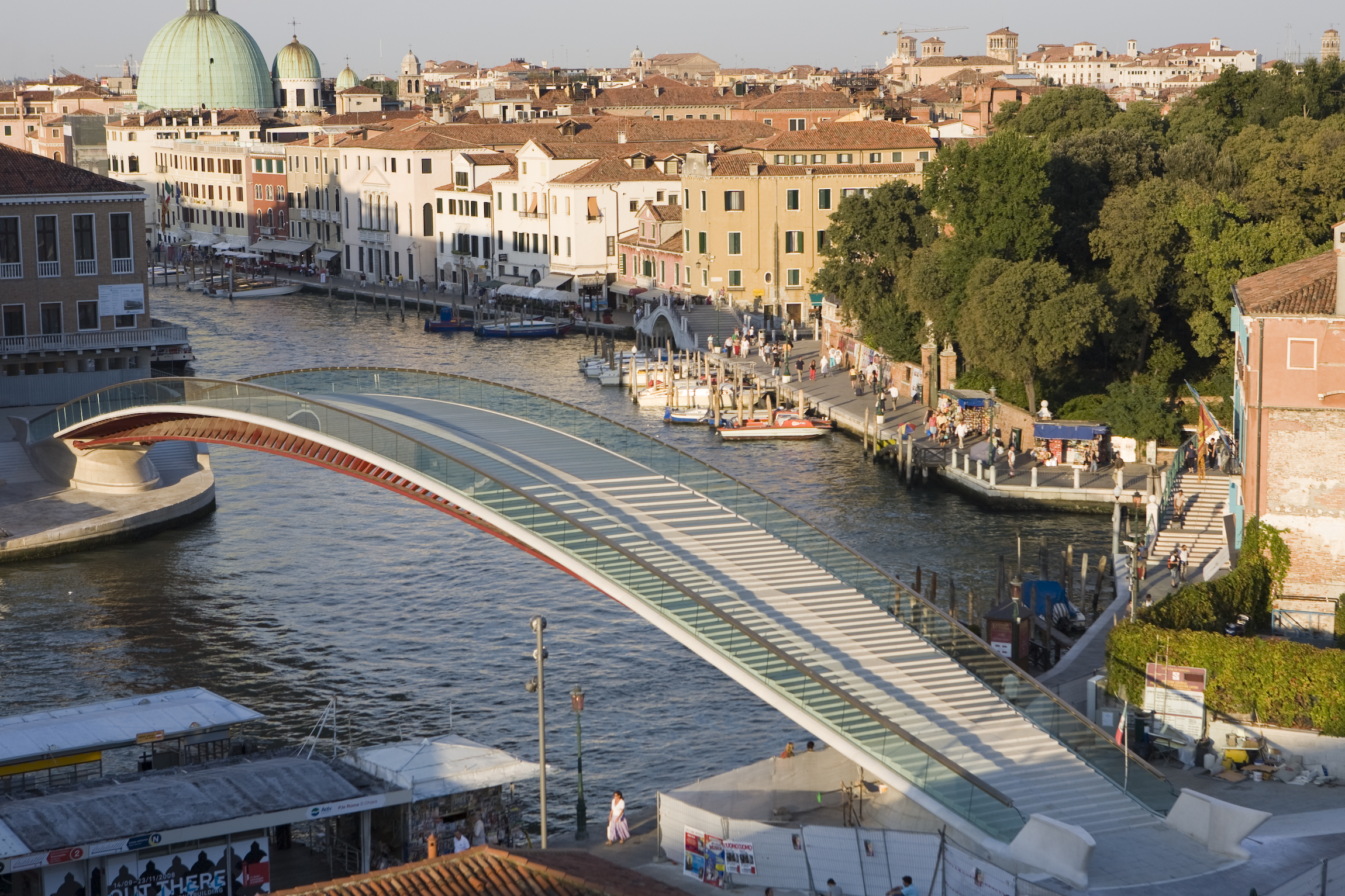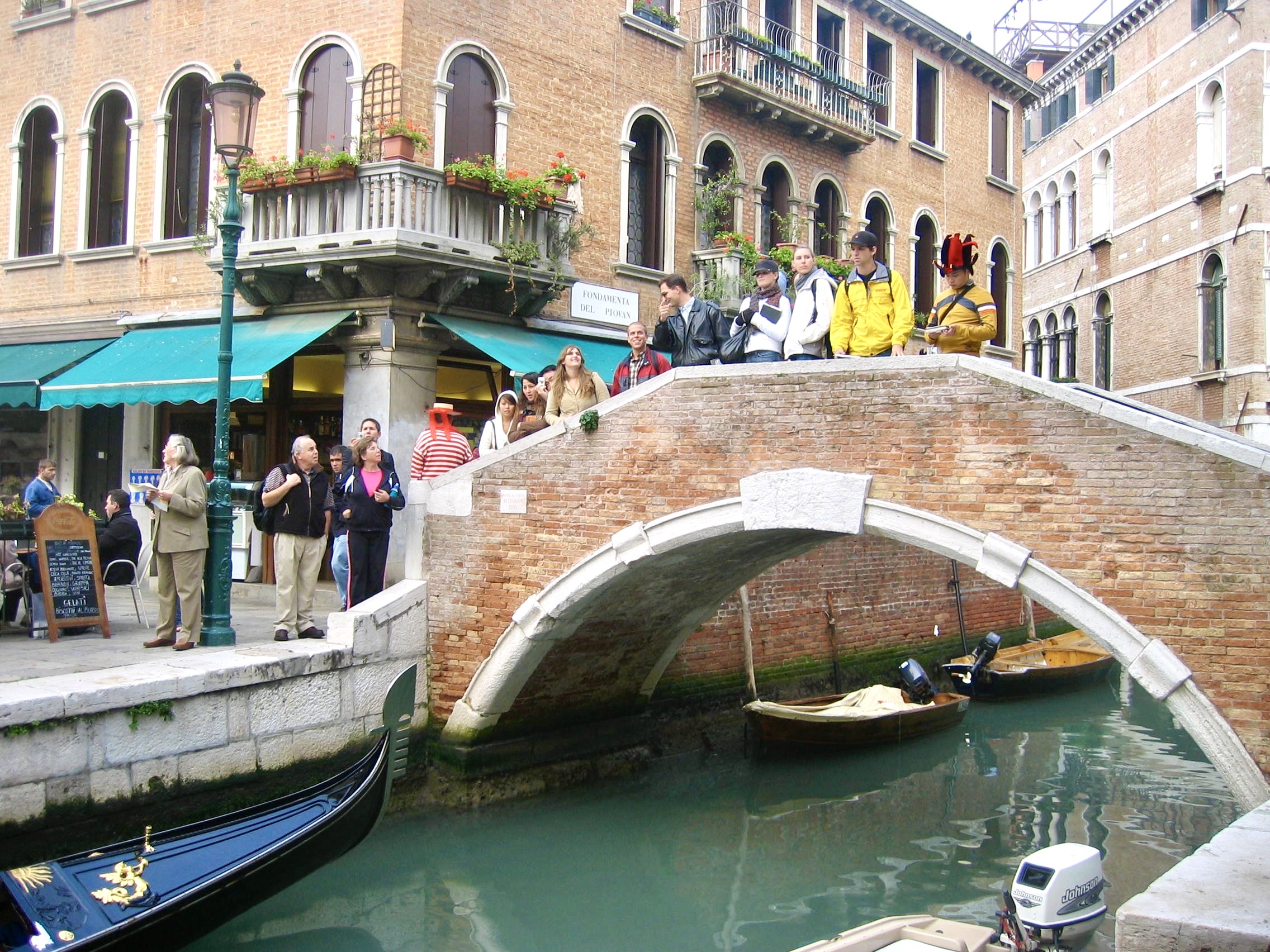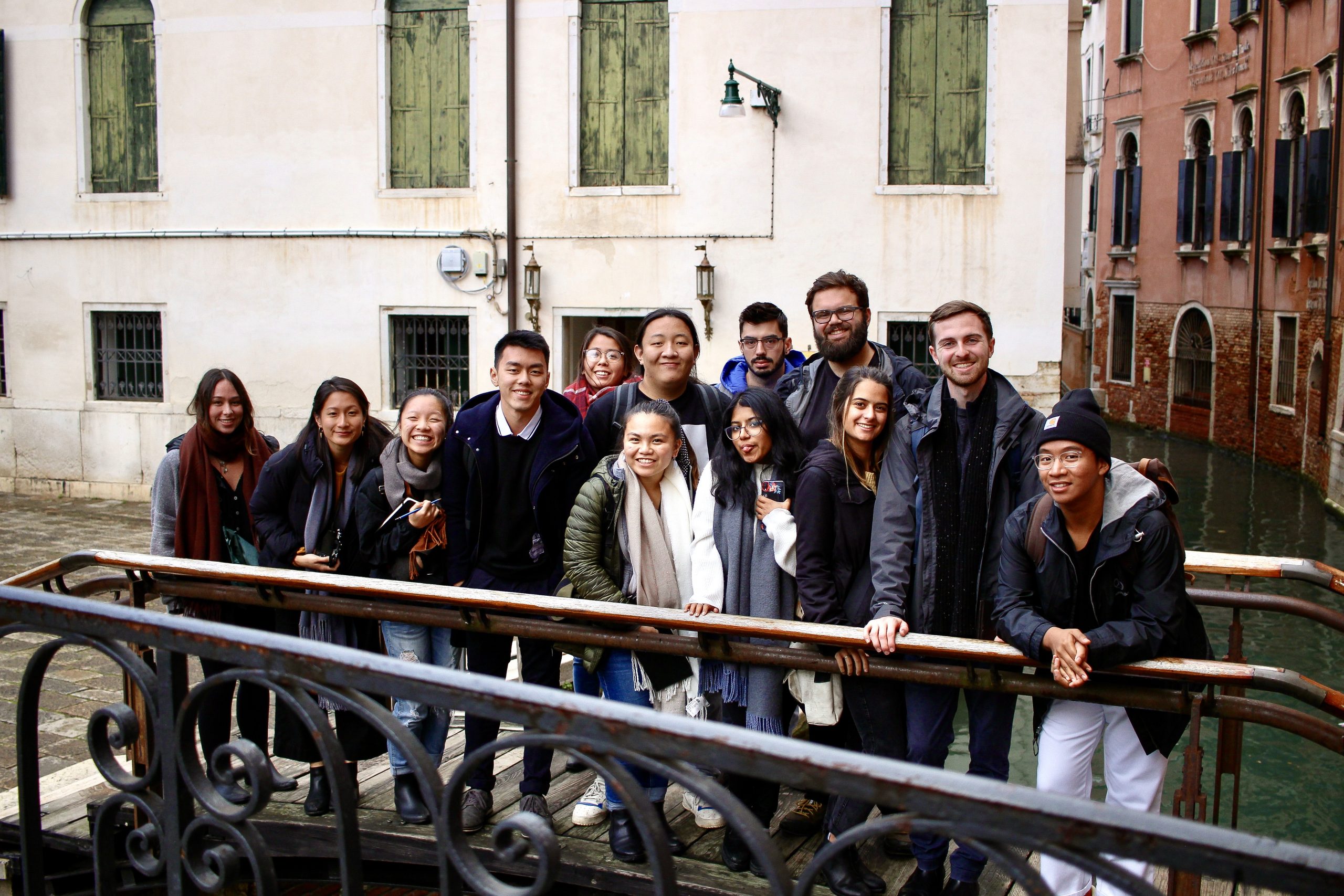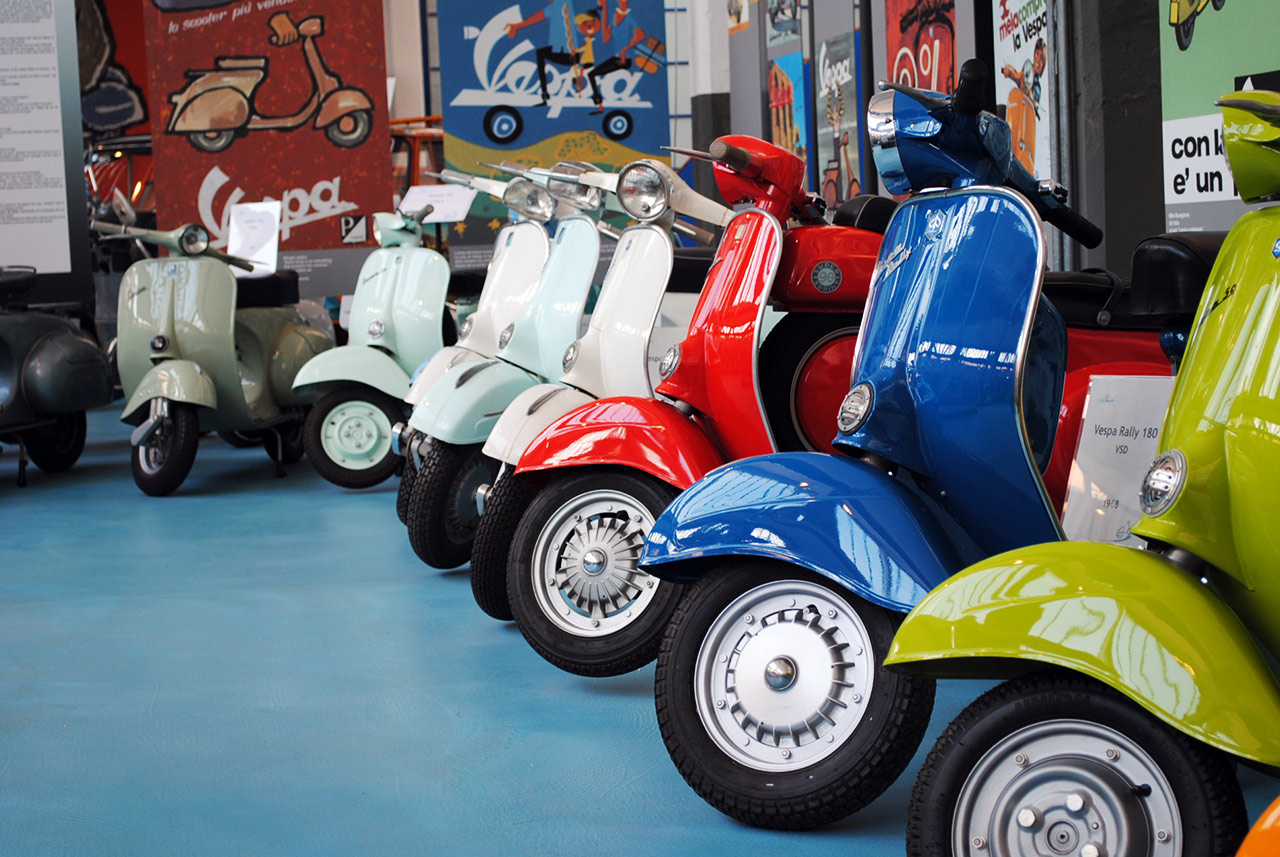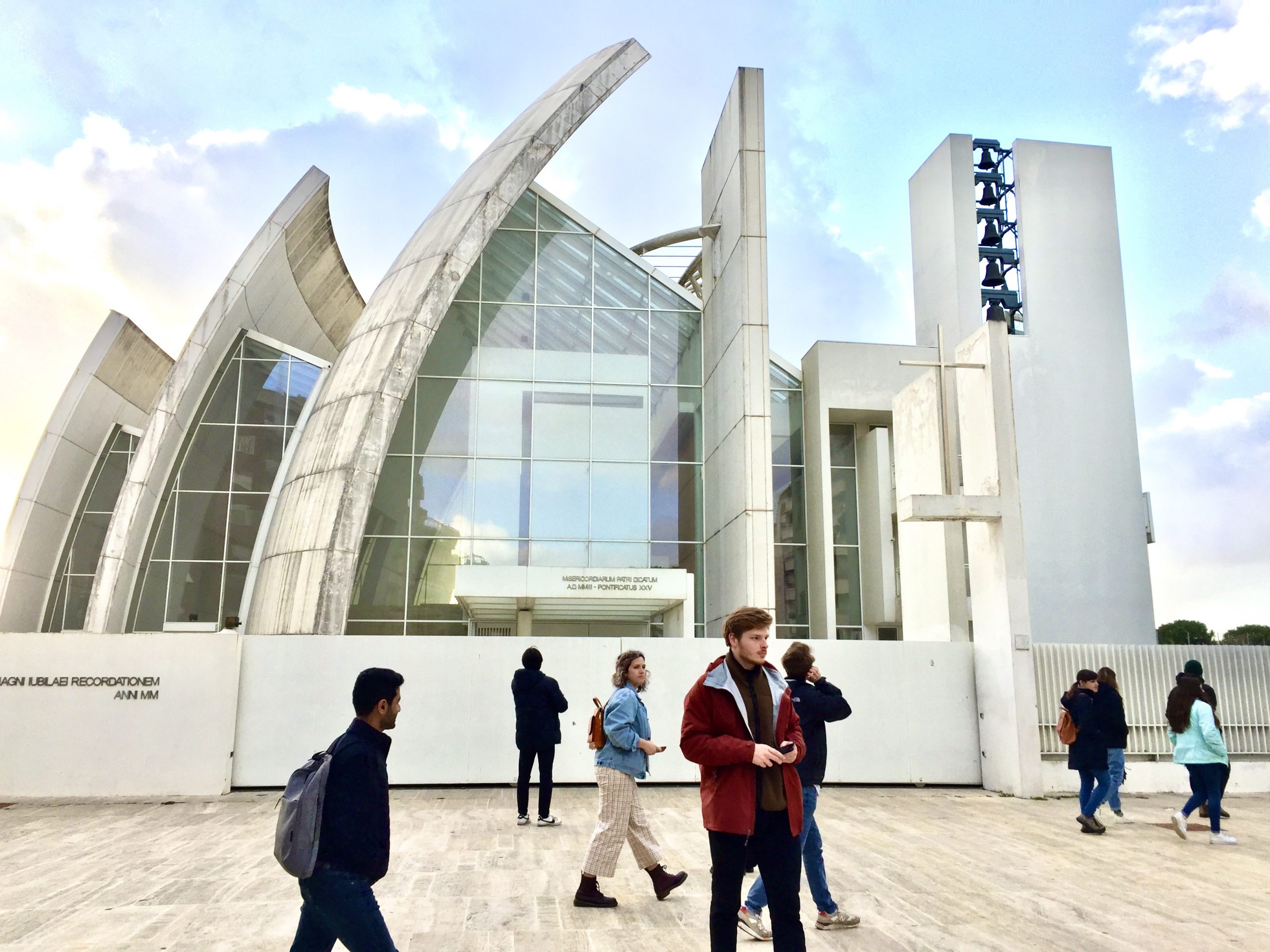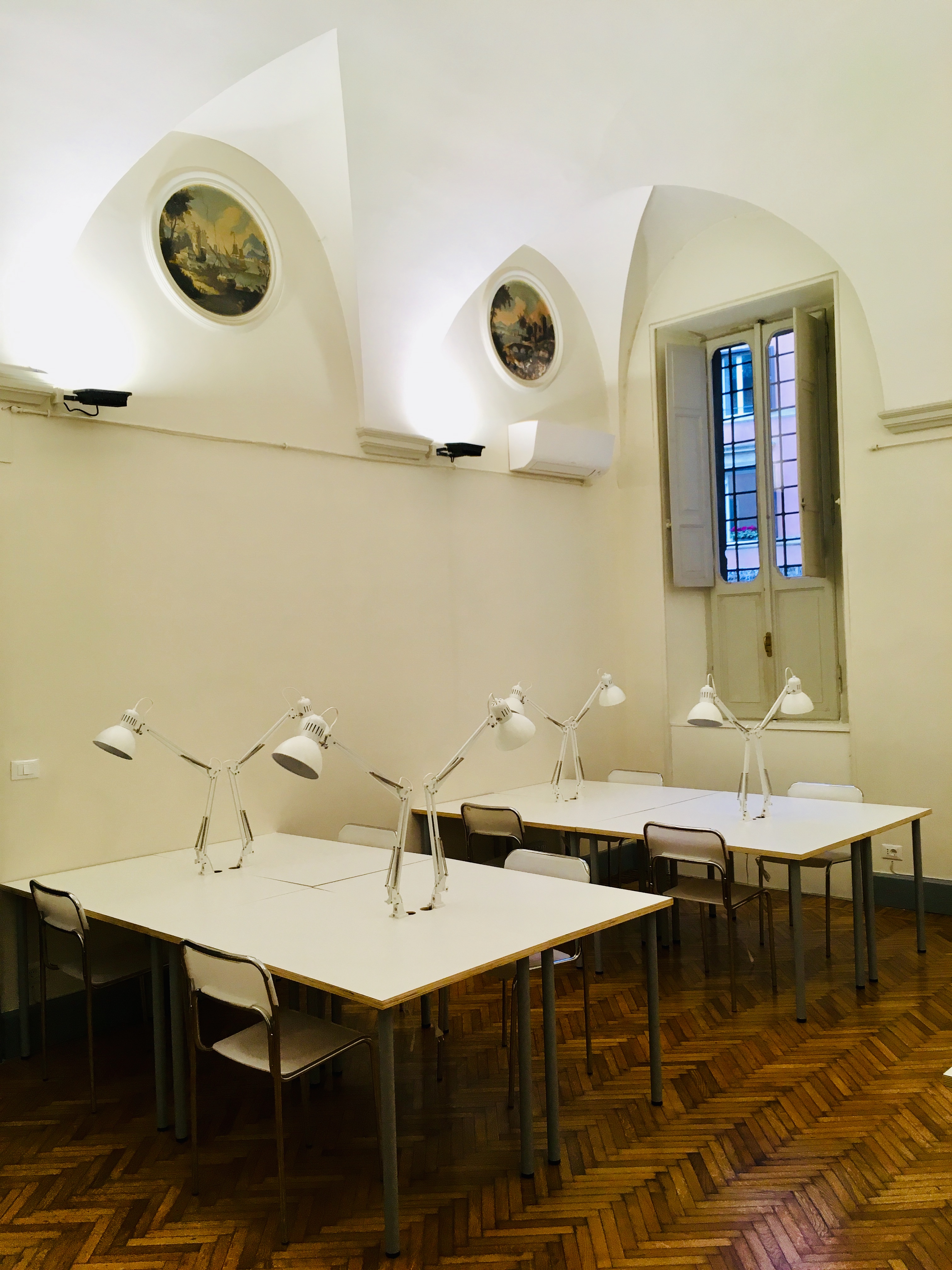Study Mechanics while living in Rome. The Cal Poly Mechanics in Italy Program will immerse you in a fascinating, foreign culture, while you complete core engineering courses for your degree. You will study at the AIA Rome Center with a Cal Poly professor and learn outside the classroom at some of Rome’s most fascinating engineering marvels with special on-site guest experts.
Live as a local as you study in Italy’s capital for over 11 weeks. You will study Italian language and culture with a native teacher, and the program includes guided visits to many of the major sites of the Eternal City and nine days of field trips to Florence, Pisa, Vinci, Bologna and Venice.
The program is open to Cal Poly Engineering undergraduate students. Participants will earn degree and GE credit, while they experience Italy’s historic and diverse culture and grow as global citizens.
At a Glance
- Where: Rome, Italy
- When: Saturday, September 13, 2025 to Sunday, November 30, 2025
- Facilities: AIA Rome Center, Palazzo Cenci-Bolognetti
- Housing: Shared apartments
- Field Trips: 4-day field trip to Florence, Pisa & Vinci, 5-day field trip to Bologna, Padua & Venice
- Credits: 13 Cal Poly credits for 3 engineering courses plus Italian language
Rome, Window on Past and Future
Rome, for thousands of years, has been an anchor of Western culture, in both the humanities and sciences. Today Rome is a vibrant metropolis that reflects a dense fusion of human creativity, from ancient ruins to renaissance palaces, from its domed skyline to the masterpieces that fill its museums. Rome, and Italy, also showcase world-class modern industry, research and design that look to the future. As such, Rome and Italy continue to offer a broad window onto the sweep of Western culture, past, present and future.
Courses
ME 211 Statics
Cal Poly Faculty – Brian Self (3 units)
ME 212 Dynamics
Cal Poly Faculty – Brian Self (3 units)
CE 204 Mechanics of Materials 1
Cal Poly Faculty – Brian Self (3 units)
ITAL-141 Elementary Italian I Study Abroad
AIA Faculty – Claudia Cremasco (4 units)
Special Activities
The program includes many special activities in Rome and other Italian cities. You will tour a Leonardo Da Vinci Exhibition with local guides to learn about the most important inventions of this renaissance scientist and artist. In Rome you may visit the Mechanical Engineering department of La Sapienza University, one of Europe’s oldest and most important universities. You will tour the Lamborghini car factory near Bologna and learn how glass and gondolas are made in Venice. You will tour museums of science and technology and experts will explain how engineers have stopped Pisa’s leaning tower from falling and tamed the tides that frequently flood Venice.
Cultural Visits
The program will visit some of Italy’s most important cultural sites, including guided walks through the streets and piazzas of Rome and other historic centers. Local experts on history, art and archeology will lead tours of Florences and Pisa’s cathedral complexes and a half-day visit to the Colosseum, Roman Forum and Palatine Hill, and many other sites.
Field Trips
The program will visit fascinating and beautiful sites across Italy. Your exact daily activities may vary slightly from the itineraries described be low.
Florence, Vinci & Pisa
You will travel by high-speed train for a four-day, three-night stay in Florence. On your first day, a local expert will guide you through the Florence Cathedral Complex and the city’s Museum of Science and Technology. On day two, your group will travel by private coach to the town of Vinci for a guided tour of the Leonardo Da Vinci Museum and continue on to the town of Pontedera to visit the famous Piaggio Scooter Company Museum. The following day, you will travel from Florence to Pisa by train in the morning to meet an expert local guide for a walking tour of Pisa, passing by Galileo’s house, on the way to the Campo dei Miracoli (Pisa’s famed Cathedral and leaning tower complex). Before your trip a guest expert will speak to the group about the Tower of Pisa Stabilization Project, which has reversed the tower’s centuries-long fall. On the trip’s last morning, you will visit Florence’s Galileo Museum with a guide.
Bologna, Padua & Venice
Your group will travel for five-days and four-nights to Northern Italy, starting by high-speed train to Bologna for a guided tour of the National High Speed Rail Control Center. You will then take a private coach to the Lamborghini museum and factory, just outside of the city. The group will spend the night and next morning in Padua, with a dinner in the city center and a chance to explore the city before traveling to Venice. Your first day in Venice will include a guided walking tour and a guided visit to a Gondola Factory. On day three of the trip your group will take a vaporetto – water bus – to the island of Murano for a glass industry talk and demonstration. The day will also feature an expert explanation of the MOSE tide suppression system, a massive engineering project to protect Venice from repeated flooding. The trip may also include a visit to the Peggy Guggenheim museum or other cultural sites, and students will receive vaporetto passes to allow for personal exploration of the lagoon and its islands.
Independent Travel
Rome is a hub for exploring Italy, Europe and the Mediterranean. Many students travel on their own on weekends and before or after the program.
Culinary Traditions
The group will get to know each other and local culinary traditions through five complete and authentic group meals and two mixers. These will begin with a light aperitivo mixer to kick-off the program with students, faculty and AIA staff. You’ll enjoy a a multi-course welcome dinner in a traditional Roman restaurant, and taste local cuisine at group dinners when you travel. A final farewell aperitivo and dinner in Rome will offer a chance for everyone to say goodbye over plates of hearty Roman fare.
For daily dining, student apartments offer equipped kitchens where students can cook their own meals with groceries they can pick up at nearby shops and local farmer’s markets.
Students can eat at their apartments and step out of AIA facilities for a bite between classes. Rome offers many opportunities for quick lunches from pizza to panini, and coffee bars line the streets for breakfast and afternoon snacks.
Student Housing
Student housing in Rome is safe, central and clean, and is located near the historic city center. Lodging is convenient to the AIA Rome Center and easy to reach by public transportation or walking.
Program students will share private group apartments or dorms, with typically 2-3 beds per room, and modern baths, kitchens and common space. These apartments include on-site maintenance and weekly cleaning of common areas, and are equipped with WiFi, washing machines, furnished kitchens and all necessary linens and towels.
Facilities
Study in a Roman palace. AIA Rome Center’s facilities are located in the heart of Rome’s historical center in the Monte de’ Cenci square in Palazzo Cenci-Bolognetti, a 16th-century palace in the picturesque Ex-Jewish Ghetto neighborhood. The Rome Center is surrounded by food and shopping opportunities, cultural sites, open spaces, public transit and medical facilities.
Facilities in the palazzo include Wi-Fi equipped classrooms, a library and special books collection, common spaces and a terrace, as well as a lab with basic printing and copying facilities.
Faculty
Brian P. Self, Ph.D.
Professor Brian P. Self has a Ph.D. in Bioengineering and has taught in the Mechanical Engineering Departments of Cal Poly and the U.S. Air Force Academy. He has taught classes in dynamics, design, statics, rehabilitation engineering, experimental methods, physics, statistics, and strength of materials. His main area of research is in engineering education, with additional work in biomechanics, aerospace physiology, and designing adapted physical activity products for people with disabilities. He is co-author of the dynamics textbook currently used at Cal Poly. Dr. Self has taught abroad in Munich and Karlsruhe, Germany. He founded the Cal Poly Mechanics in Rome Program and taught its inaugural term. He has travelled extensively throughout Europe and is passionate about combining his interest in mechanics and on-site learning for this program. Contact him at bself@calpoly.edu.
Claudia Cremasco
Claudia is AIA’s Coordinator of Language Instruction and an award-winning language teacher with a Laurea in Literature from Rome’s La Sapienza University. Since 1988, she has taught and coordinated Italian language instruction at many universities in Italy and the USA, including Harvard University, Cal Poly State University and Northeastern University. She has been teaching Cal Poly students Italian Language and Culture since 2002.
Program Support
This program is managed for Cal Poly by Academic Initiatives Abroad through the AIA Rome Center and its local partners. AIA provides program management and student services including: pre-departure information, orientation, housing and facilities assistance, on-site cultural activities and field trip support. AIA is a respected study abroad provider with significant experience in Italy programs. Learn more about AIA.

